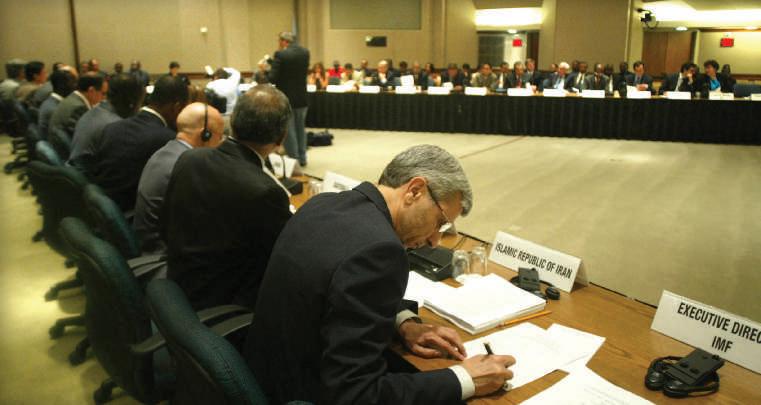D e v elo p i n g t h e I n t e r n a t i o n a l C u s t ome r Se r v i ce M i x
307
Two pricing strategies will often trigger allegations of dumping: (1) if the home-country firm sets a price in the foreign market below what it charges the domestic market; and (2) if the price is above what it domestically charges, but below the marginal cost needed to move the product overseas and sell it there.
12-6d Transfer Pricing Many firms, especially large MNCs, have overseas subsidiaries to which they will sell products; the subsidiary, in turn, will resell the product. The prices a company charges its overseas subsidiaries, known as transfer prices, come under close scrutiny by taxing authorities in both the home country and the host country. These bodies often allege that a transfer price is set not to maximize profits but to minimize taxes. In order to deal with this possibility, taxing authorities often stipulate that the prices charged must be an arms length price, that is, a price that the overseas market is willing to pay. LO-7
R e a l i t y C h e c k LO-6 Using the Internet, research the prices of several products in one or more foreign countries and compare them to their prices in the home country where the goods are produced. What factors do you think determine the foreign prices? Do you think any of the prices are artificially high or low in one country or another?
Discuss aspects of customer service required for goods and services that are globally marketed.
12-7 Developing the International Customer Service Mix Providing greater levels of customer service to foreign customers is becoming a more important responsibility for international marketers. Companies that are considering purchasing from a vendor located in a foreign country will often make a choice based upon their perceptions of the vendor’s willingness and ability to perform various services for them. And, for the same reason, current foreign customers are likely to become more loyal. The emphasis that foreign companies place upon customer service is largely driven by the fact that there may be thousands of miles between them and their overseas vendors. In addition, as products and prices have become more similar, foreign prospects and customers will look at other factors to make a purchase decision. Often, the deciding variable will be the customer service that will be provided. What kind of customer service is important to overseas buyers? Examples include deliveries (on-time and accurate), installation of equipment and machinery, problem solving, explaining and honoring warranties, repairs, accepting returns, providing emergency shipments, shipping products that are already assembled, handling documentation for exports and imports, and consistency of the order-cycle length. How important is customer service compared to products and prices? According to extensive research by the Forum Corporation, “When the all-important issue of customer service is examined, it has been estimated that customers are five times more likely to switch vendors because of perceived customer service problems than for price or product issues.” In addition, by having a higher standard of customer service, a share of wallet (the percentage of purchases in a category a buyer gives to one vendor) may be increased by as much as 80 percent.27 Companies must guard against providing too high a level of service, however. When customers do not respond in some desirable way (such as giving a vendor more business) or when the costs associated with providing a higher level of customer service are very high, firms may be overcommitting resources. They also need to be sure that their customer service is reliable. Reliability includes receiving shipments on time; order accuracy, completeness, and condition, getting repairs done on time; consistency of product quality, and so on.
transfer prices
a price a company charges its overseas subsidiaries
arms length price
a price that an overseas market is willing to pay
share of wallet
the percentage of purchases in a category a buyer gives to one vendor
reliability
performance of various aspects of customer service that meets customer expectations
Copyright 2017 Cengage Learning. All Rights Reserved. May not be copied, scanned, or duplicated, in whole or in part. Due to electronic rights, some third party content may be suppressed from the eBook and/or eChapter(s). Editorial review has deemed that any suppressed content does not materially affect the overall learning experience. Cengage Learning reserves the right to remove additional content at any time if subsequent rights restrictions require it.







































